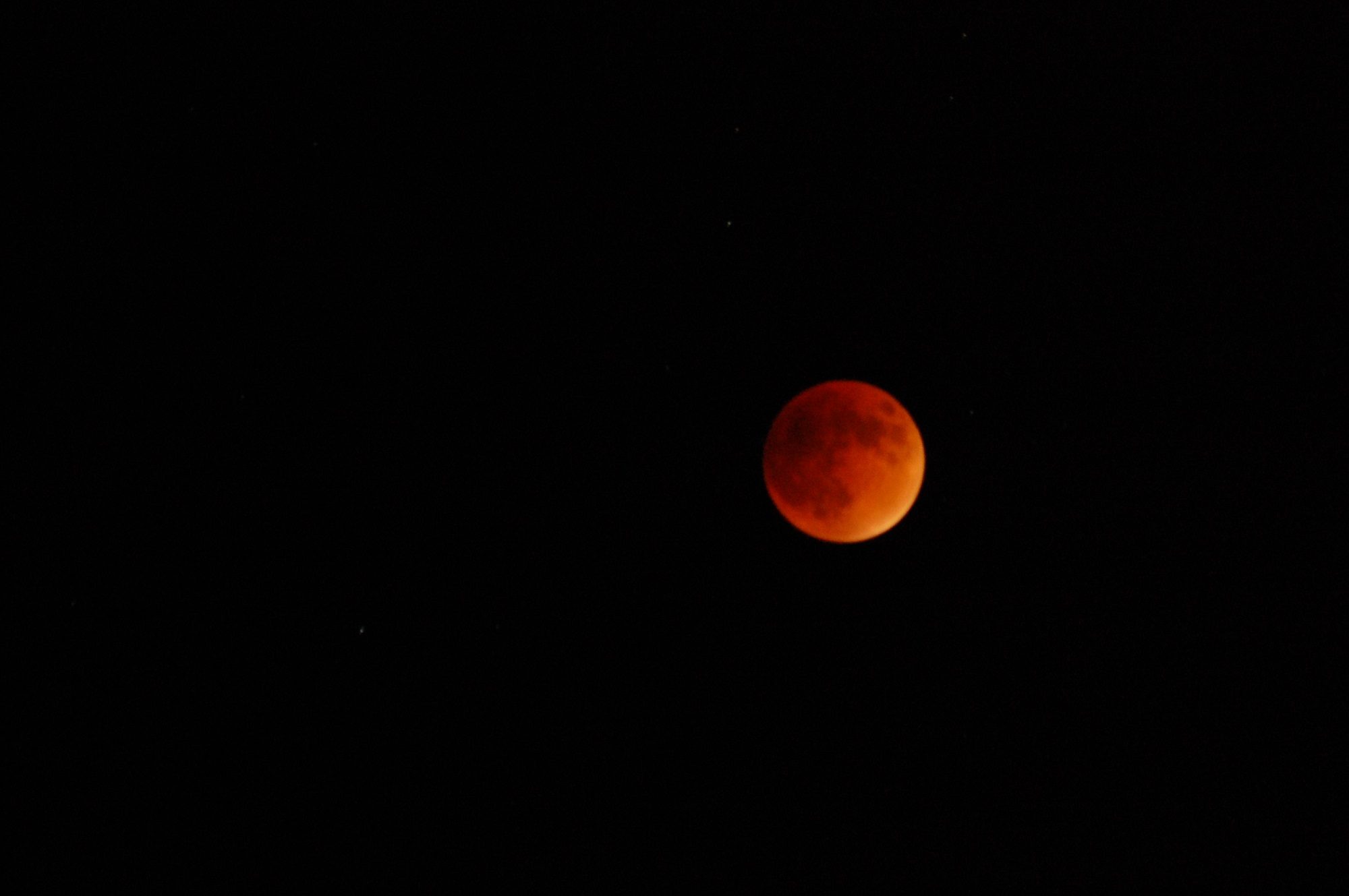AUTHORS
Eric Ariel L. Salas , Sakthi Kumaran Subburayalu, Brian Slater, Kaiguang Zhao, Bimal Bhattacharya, Rojalin Tripathy, Ayan Das, Rahul Nigam, Rucha Dave & Parshva Parekh
ABSTRACT
The fragmented nature of arable landscapes and diverse cropping patterns often thwart the precise mapping of crop types. Recent advances in remote-sensing technologies and data mining approaches offer a viable solution to this mapping problem. We demonstrated the potential of using hyperspectral imaging and an ensemble classification approach that combines five machine-learning classifiers to map crop types in the Anand District of Gujarat, India. We derived a set of narrow/broad-band indices from the Airborne Visible Infrared Imaging Spectrometer-Next Generation (AVIRIS-NG) imagery to represent spectral variations and identify target classes and their distribution patterns. The results showed that Maximum Entropy (MaxEnt) and Generalised Linear Model (GLM) had strong discriminatory image classification abilities with Area Under the Curve (AUC) values ranging between 0.75 and 0.93 for MaxEnt and between 0.73 and 0.92 for GLM. The ensemble model resulted in improved accuracy scores compared to individual models. We found the Photochemical Reflectance Index (PRI) and Moment Distance Ratio Right/Left (MDRRL) to be important predictors for target classes such as wheat, legumes, and eggplant. Results from the study revealed the potential of using one-class ensemble modelling approach and hyperspectral images with limited field dataset to map agricultural systems that are fragmented in nature.
